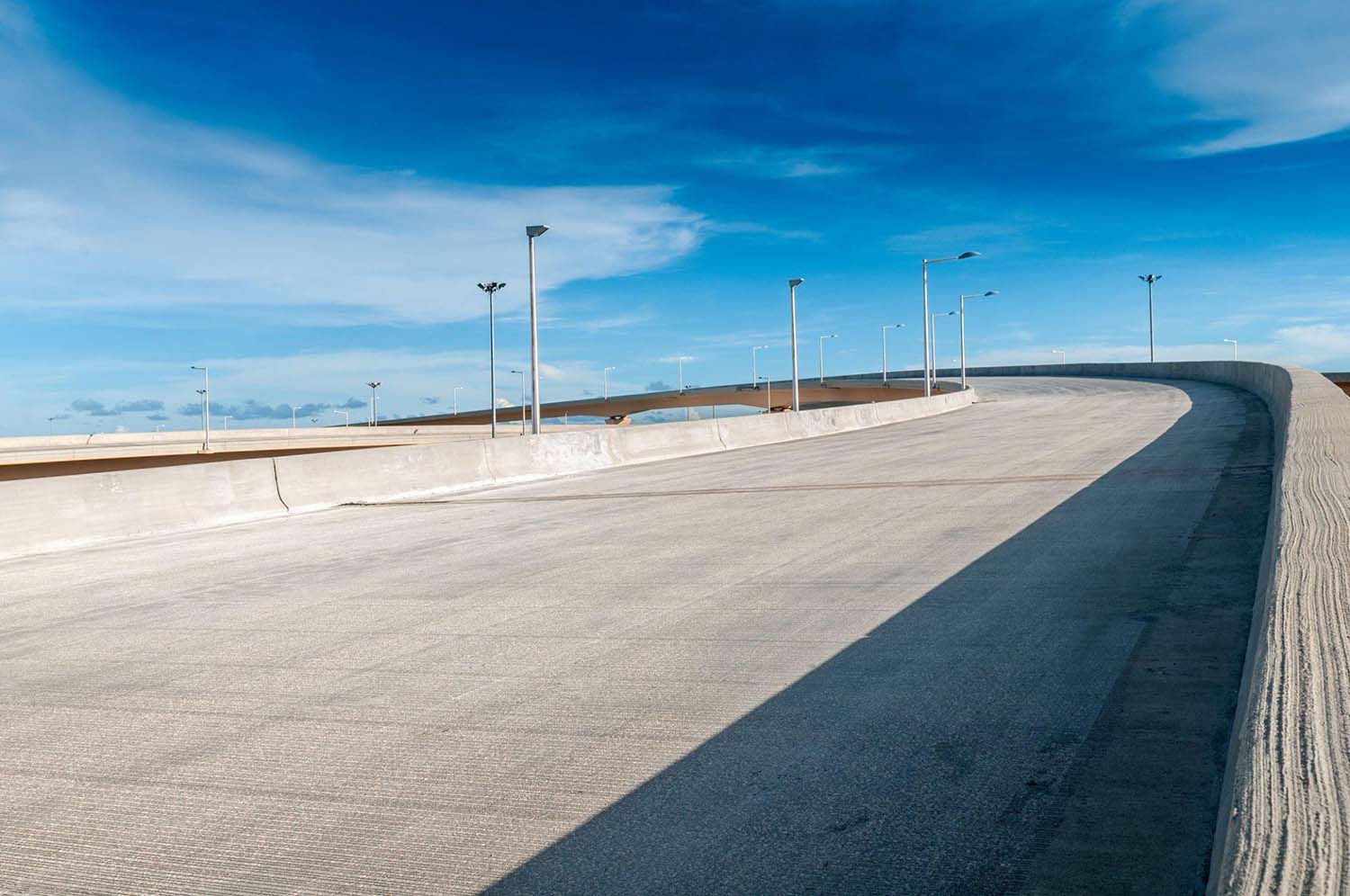Concrete roads are essential infrastructure components, providing crucial transportation networks for our modern societies. However, these roads can depreciate or get damaged with time, requiring repair and proper maintenance to ensure they last a very long time and are safe to drive on. Repairing these road deficiencies can be quite tasking, time-consuming and require a lot of human labour as well.
But with the advancement of robotic technology, concrete road maintenance and repair have been revolutionised. This new technology helps simplify the processes, making the repairs faster and better. In this context, let’s assess how robotics are transforming the maintenance and repair of concrete roads.

Automated Inspection and Assessment
One major challenge in concrete road maintenance is accurately identifying the extent of the damage. This is usually done by manual checks, which take a lot of time and energy and are often prone to human error. However, robotic technology with advanced sensors and cameras has significantly changed this process. Autonomous robots can now navigate concrete roads, scanning and assessing the condition of the surface with precision.
One such robot is the Automated Concrete Removal (ACR) robot developed by Conjet. The ACR robot deploys hydro demolition technology to restore a concrete structure rapidly. This bot can remove concrete up to 20 sqm per hour [m^2/h], making it a highly efficient solution for road repair.
Also, some robots have in-built imaging techniques that detect potholes and cracks and are programmed to repair these road damages. Companies adopt the modern approach, like using hot or cold mix asphalt and other types of sealants, for example, concrete glue or adhesive, to seal and strengthen the affected region.
Concrete glue is designed for road repairs, concrete gaps, sidewalks, and cinder blocks. It provides a quick and durable solution, preventing further deterioration and reducing the need for extensive repairs. Robotic technology can greatly speed up maintaining and repairing roads by automating the inspection and assessment steps.
Efficient Concrete Repairs
Concrete road repairs often involve removing damaged sections and placing new concrete. Robotic technology has transformed this process by introducing highly efficient and precise repair techniques. These techniques include automated machines, like concrete distribution bots, hydro demolition bots, and concrete patching bots. They’re equipped with robotic arms, which can effectively remove the damaged concrete and prepare the area for repair.
Quality adhesives are used to secure the new concrete patches seamlessly, resulting in strong and long-lasting repairs. The adhesive properties of the glue allow it to bond effectively with the existing concrete, creating a durable connection that resists the stresses of traffic and weather conditions. Moreover, the automated process ensures consistent application and eliminates human errors, guaranteeing high-quality repairs throughout the road network.

Maintenance and Preservation
Regular maintenance is crucial for preserving the integrity of concrete roads and prolonging their lifespan. Robotic technology plays a significant role in streamlining maintenance processes, preventing minor issues from escalating into more significant problems. Maintenance tasks such as crack sealing and joint repair can be conducted efficiently and effectively using specialised robots. Concrete adhesives are invaluable tools in these maintenance procedures.
The University of Liverpool has established a company named Robotiz3d to develop advanced technology for road maintenance. This company is a joint venture by the University and A2e firm. It was established because road repairs in different parts of the country have gulped over £1 billion for over a decade.
Adhesive-based joint repair ensures that the connections between concrete slabs remain intact, reducing the risk of uneven road surfaces and potential hazards.
Robotic technology has made huge improvements in fixing and maintaining concrete roads. Adhesive properties like glue can enhance the general quality of road infrastructure. These improvements make roads more efficient and cost-effective and make them safer and last longer.








